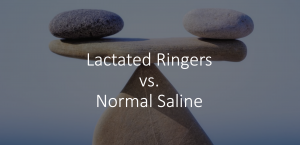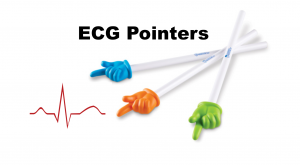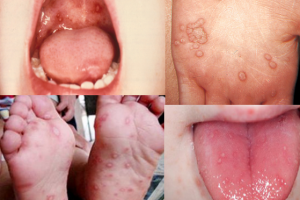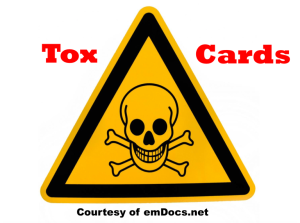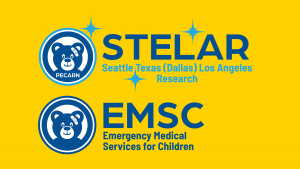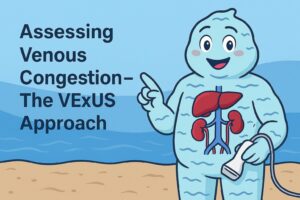Author: Alex Koyfman, MD (@EMHighAK) // Edited by: Brit Long, MD (@long_brit)
emDocs will be providing you with regular tips and must-know items for EM boards and inservice. Each post will feature several key takeaways on a specific organ system.
Boards Must-Knows:
1) Scorpion sting (Centruroides): Southwest region. Odd muscle movements/fasciculations, trouble swallowing/drooling, roving eye movements, etc. Treatment: Benzodiazepines for agitation and fasciculations; antivenom.
2) Acute mountain sickness: Think EtOH intoxication mimic. Mild: nausea control; headache management; stop ascent. Severe: descent; acetazolamide. Acetazolamide prescribed as prophylaxis; avoid in those with sulfa allergy and sickle cell.
3) High-altitude pulmonary edema: Most common cause of death from high-altitude illness. Basically, think new heart failure in a mountain climber. Treatment: O2, descent or portable hyperbaric chamber.
4) Heat-related illness: Heat cramps (typically calves) => heat exhaustion (nausea/vomiting/weakness/dehydration) => heat stroke (mental status change). Crams/exhaustion: hydrate; replace electrolytes; control symptoms. Stroke: cool aggressively (evaporative cooling or ideally cold water immersion).
5) Lightning injury: Look for TM rupture, feather-like burns (Lichtenberg figures), keraunoparalysis (paralysis of extremities which may appear cyanotic); warn patients about cataracts developing several days later. Most common dysrhythmia: asystole; remember: resuscitate the dead 1st (opposite of mass casualty triage)!
6) Coral/Cobra/Mamba snake (Elapidae): “red on yellow kill a fellow”. Venom irreversibly binds ACh receptors. Unimpressive bite site with impressive neurologic presentation (CNs, proximal muscles affected); most importantly, watch out for respiratory paralysis. Treatment: admit; antivenom if available / otherwise monitor airway.
7) Accidental hypothermia: Temp < 35 degrees Celsius. EKG may show Osborn waves. Patient not dead until warm and dead. Most dysrhythmias simply require rewarming; CPR/shock for nonperfusing rhythms. General roadmap: mild => passively re-warm; moderate/severe but hemodynamically stable: active external rewarming; severe with hemodynamic instability: invasive rewarming. Stop CPR: asystole after rewarming > 32; potassium > 12.
8) Decompression sickness: Risk factors => deep dives, rapid ascent, several dives in 1 day, flying soon after dive. Affects different systems: skin; MSK; Neuro; Pulm. Treatment: hyperbarics if very ill.
9) Dive + arterial gas embolism: classically diver who is unconscious upon surfacing. System affected where gas embolism lodges. Treatment: hyperbarics.
10) High-altitude cerebral edema: Ataxia + encephalopathy. Treatment: O2, dexamethasone, immediate descent or if not doable then portable hyperbarics.

